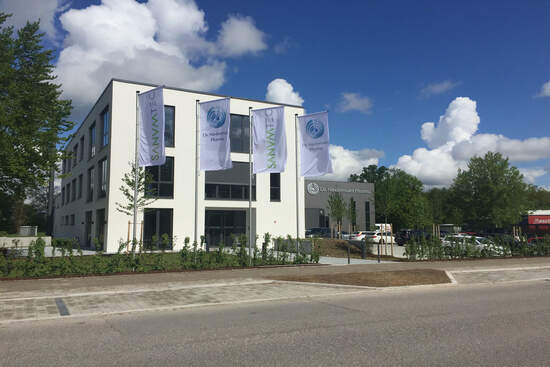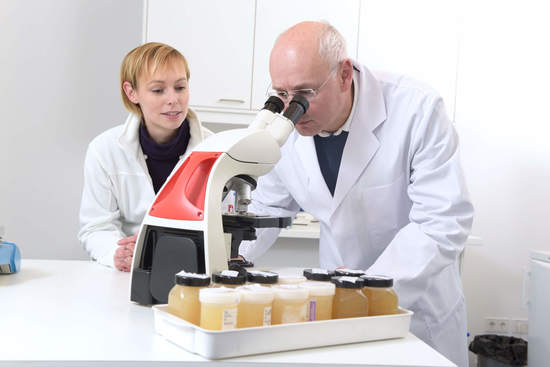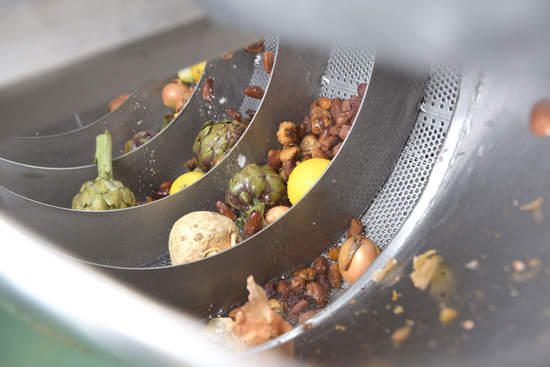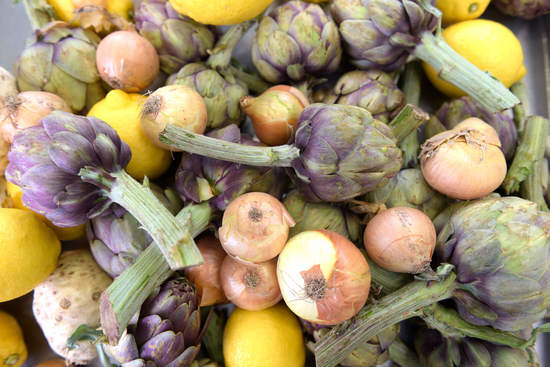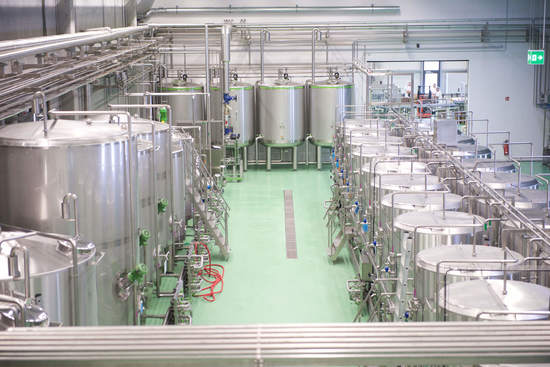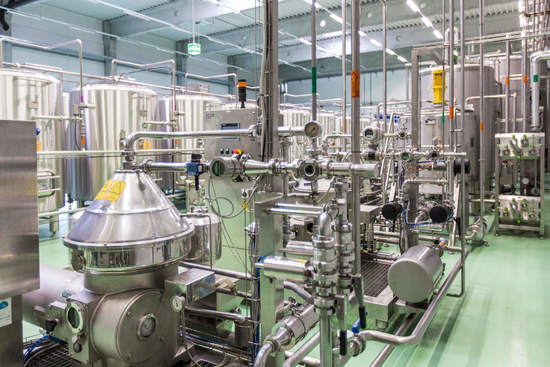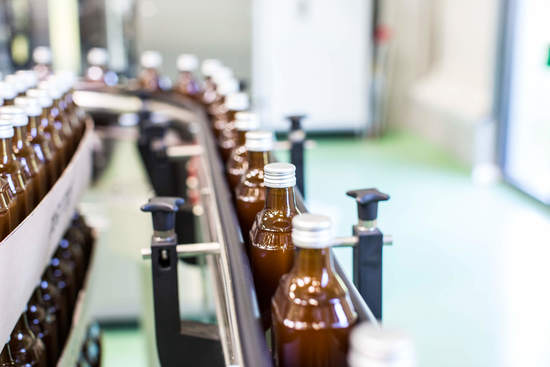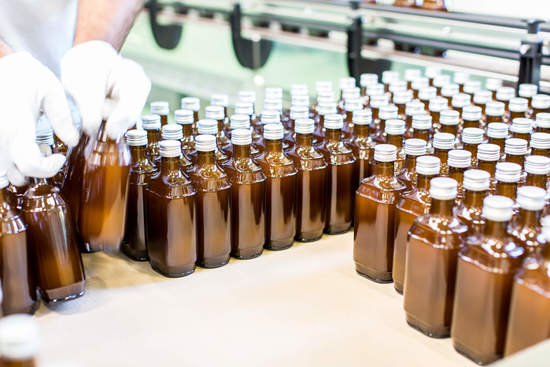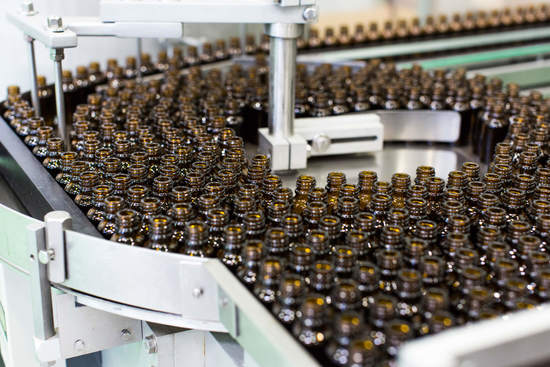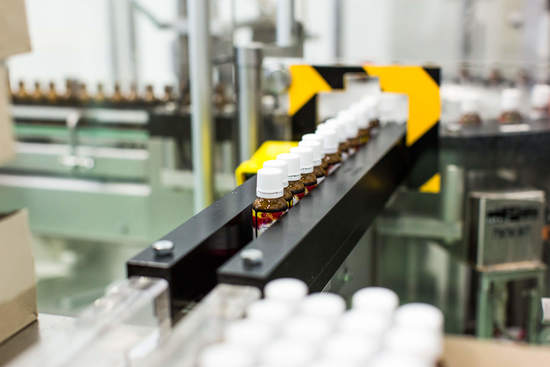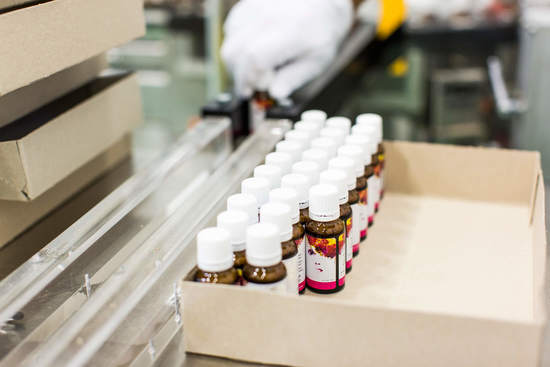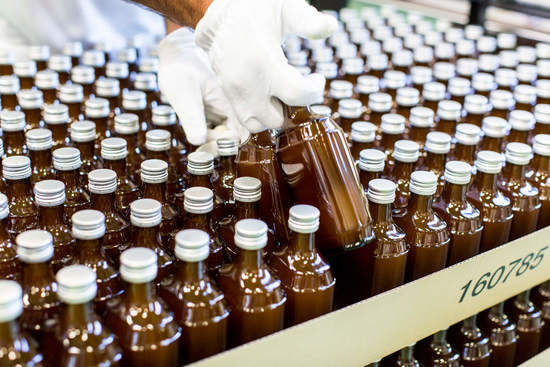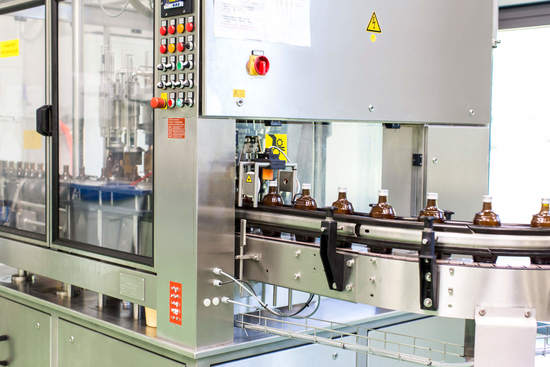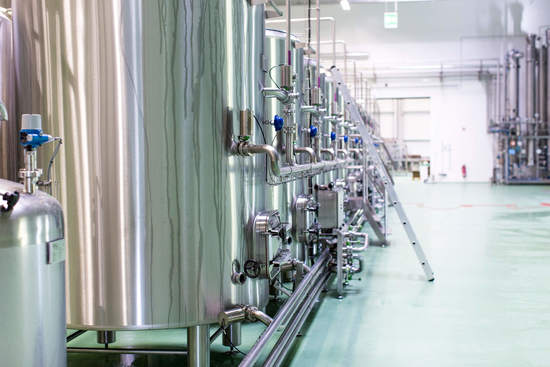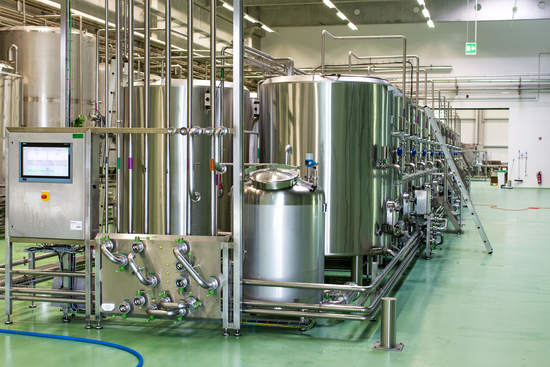CASCADE FERMENTATION
CASCADE
FERMENTATION
by Dr. Niedermaier

What is fermentation?
Already in 5000 B.C. people in Babylon were using the art of fermentation to make foodstuff last longer and to conserve it.
Fermentation refers to the conversion of organic materials through the action of bacterial, fungal or cell cultures.
The best-known fermented food is probably sauerkraut.
To ferment a foodstuff, natural microorganisms like yeast or bacteria are added to fruits, nuts and vegetables. The foodstuff is then stored in an air-tight container. During the storage, the added fermentation cultures change and ennoble the properties of the original foodstuff and the effectiveness of the plant-based components is increased.
The highest form of fermentation
The principle of cascade fermentation is the splitting and transforming of all the ingredients that act on human health into highly-concentrated, bioavailable units.
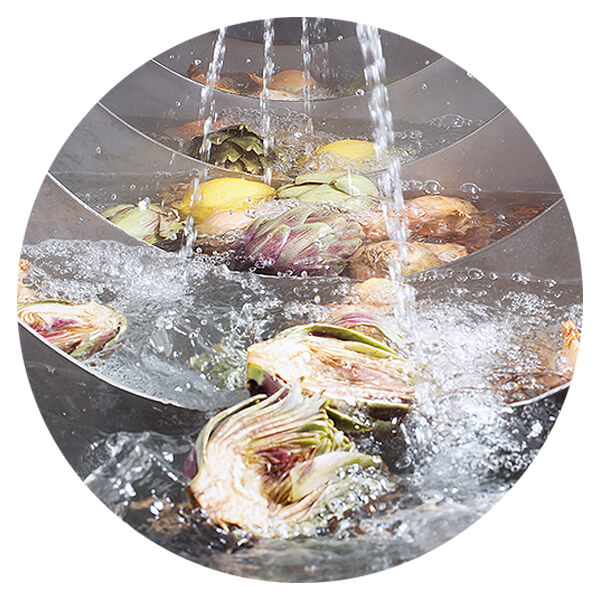
First step
The fresh ingredients are chopped and filled into a fermentation tank with water. Lactic acid bacteria are added to the mixture; these create dextrorotary lactic acid. The first fermentation begins after around two days.
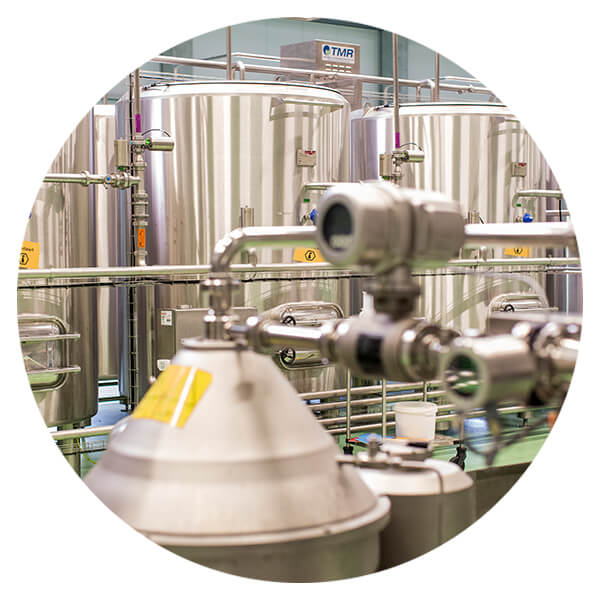
Second step
After around three weeks the first partial filtration occurs. The filtrate is re-fermented with the addition of other lactic acid bacteria. Further fermentation steps follow according to the same principle. This achieves a continuously finer disruption of the contents.
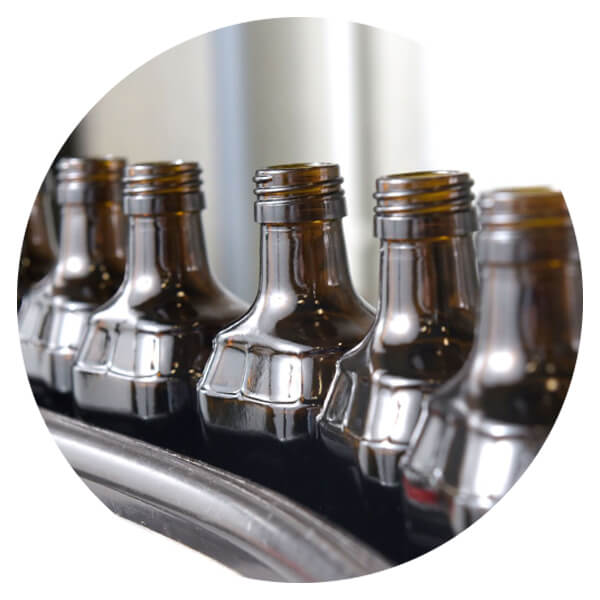
Third step
All fermentation fractions are united, fermented once more together and filtered. The ingredients are now present in a unique state of break-down. The special gentle manufacturing process means that no conservatives, chemical additives, sugar or alcohol need to be used.
THE MANUFACTURING PROCESS
THE MENUFACTURING PROCESS
of REGULATESSENZ®
The cascade-fermented Regulatessenz contains a unique break-down of enzymes with essential amino acids, di-, tri- and oligopeptides, polyphenols, flavonoids, vitamins, minerals, peptidoglycans and dextrorotary lactic acid. All enzymes are dissolved to be easily absorbed by the body, and potential allergenic proteins are broken down into non-allergenic oligopeptides and amino acids.
These easily absorbable precursors are then available for the body’s own intracellular enzyme production; this regulates the organism’s natural metabolism. Dextrorotary lactic acid strengthens the gut flora, while peptidoglycans from the cell wall of the added lactic acid bacteria have a positive effect on the immune system. Of particular interest are the secondary plant substances, which have a high antioxidant potential. These include for instance phenolic acids (hydroxycinnamates), flavanones (hesperetin, naringenin), flavones, flavanols, protocatechuic acid and ellagic acid. But the antioxidant effects are not all!
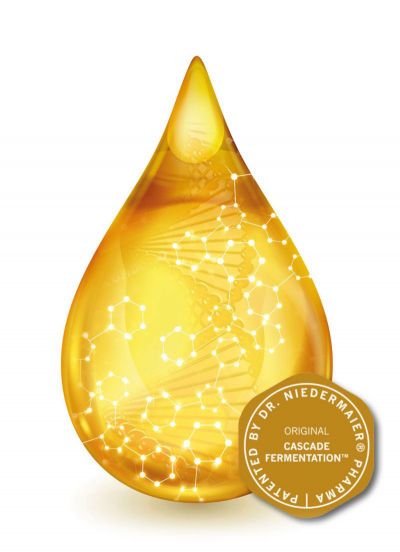
Numerous health benefits have been ascribed to the secondary plant substances:
- antioxidant (protection from free radicals)
- antimicrobial
- immunomodulating
- anti-inflammatory
- cholesterol-reducing
- affecting blood sugar levels
- improving digestion
- anticarcinogenic
- antithrombotic
- influencing blood pressure
Prepared in this way, the organism can easily and quickly absorb the valuable protective and vital substances from the cascade-fermented Regulatessenz. In other words: The energising, regulating, immunomodulating and antioxidative power is fully released.
A look at our production facility
